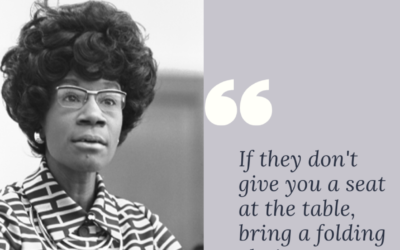“All I Want Is What’s Coming to Me.” – Sally Brown, Peanuts
A few weeks ago, an article in The Economist touched the third rail of American capitalism: it stated that CEO pay in America was “out of whack.” It even justified its headline by starting off with a quote by the current patron saint of American Capitalism—Warren Buffett.
Of course The Economist backed up this blasphemous claim with several quantitative studies. This compensation consultant had to swallow extra hard because the article not only featured compensation consultants, but found compensation consultants from some of the largest firms that admitted to their culpability in the exorbitant rise of CEO pay.
But, after 25 years in compensation consulting, I knew these inequities of pay did not just happen. I knew of missing variables that influenced the regression line that these authors were desperately trying to draw.
We must go back in time. In one of my first labor economic courses, the professor drew a diagram on the board. The graph and the curves represented a person’s productivity curve intersecting with their compensation curve over time. This graph demonstrated a key concept in labor economics: the back loading of wages. Longevity with a firm was commonplace, and pensions were the reward for such service. Executives were rewarded on the way out with the gold watch, and a lifetime of some earnings held back and now delivered in the form of a defined benefit plan, aka a pension.
Then, almost 30 years ago, pensions began to disappear. The key retention tool for CEOs became Long-Term Incentives (LTIs). But “long term” was a relative term, and generally such incentives were only held back three to five years. Like a 401(k), these “long term” rewards were portable once exercised. The retention value was limited.
So not only was lifetime employment gone, so was the incentives for it. How would companies recruit and retain top executives? The competition for top talent became more intense, higher wages were demanded. The quarterly call for greater shareholder value shortened the execution runway for executives, further pressing wage demands higher. Do better; earn more. However, the data shows the correlation between pay and performance is weak, if non-existent.
Companies need to acknowledge that the long journey from the days of back-loaded wages to today’s “obscene” incentive packages for executives has had little influence on company performance. Perhaps that guy down the hall with the 30 year pin was the missing variable all along. Read More Here




0 Comments